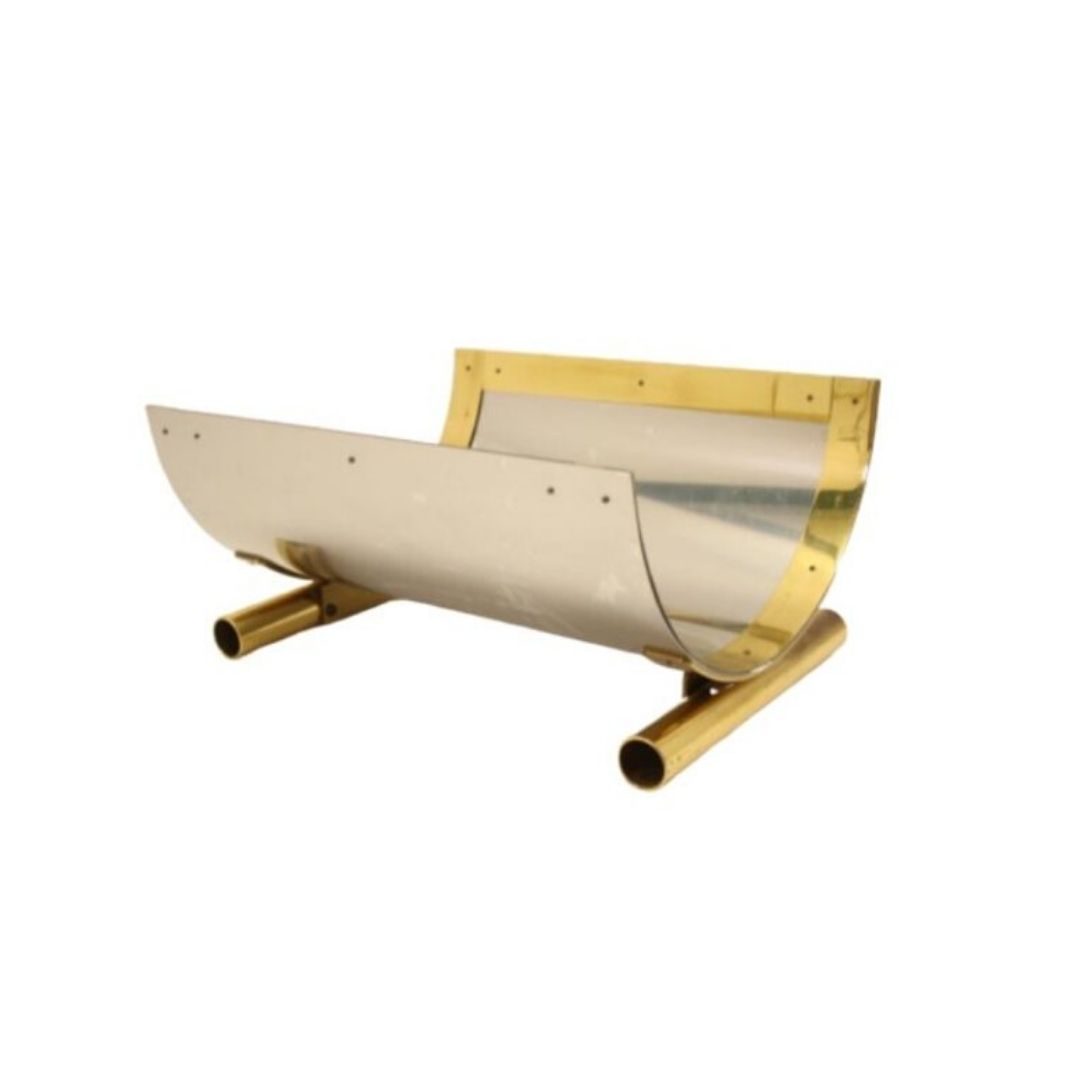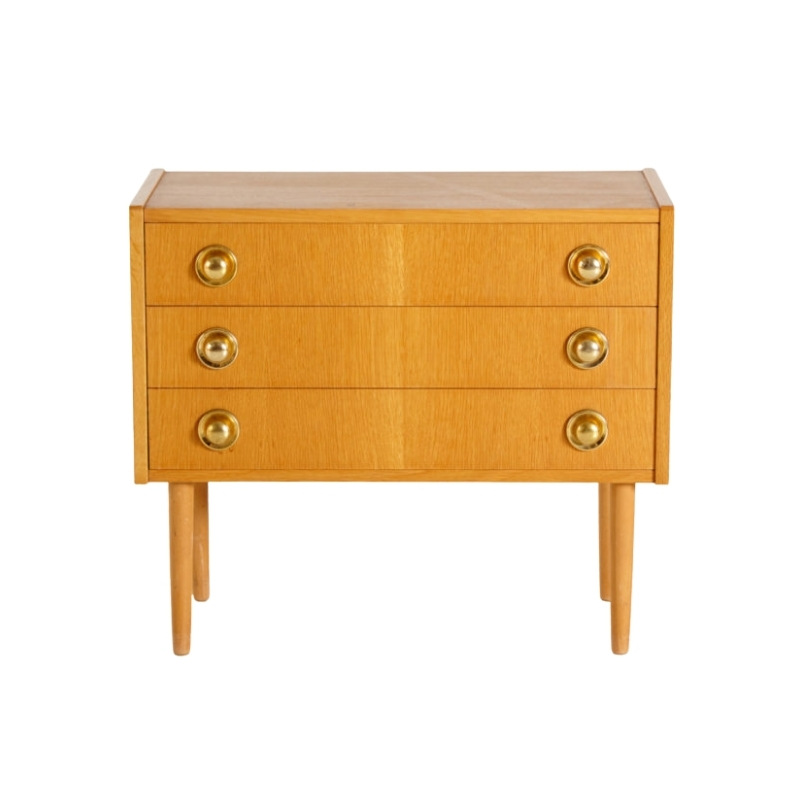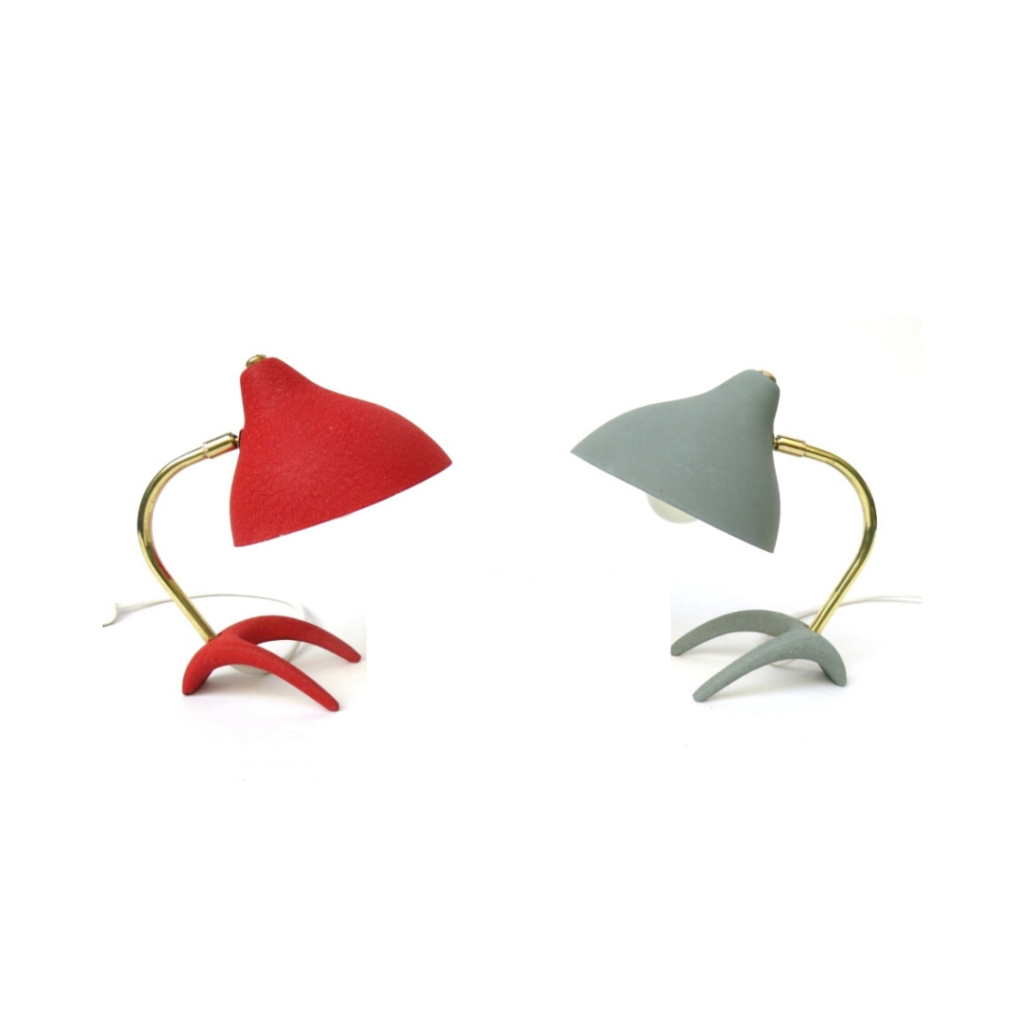I recently purchased a wonderful example of the Aalto 66 chair with Finmar label attached, this means it was imported to the UK in the 1930's from Finland. It is in unrestored completely original condition.
My dilemma is whether the surface should be treated with some wax or oil to help maintain it because it seems very dry throughout. Indeed it is already split slightly in two places on the back; these are probably old stress fractures but I still fear that the ply may split further if not moisturized. Advice received thus far is to leave it alone, which I have done, but any other opinions welcome!
Photos attached.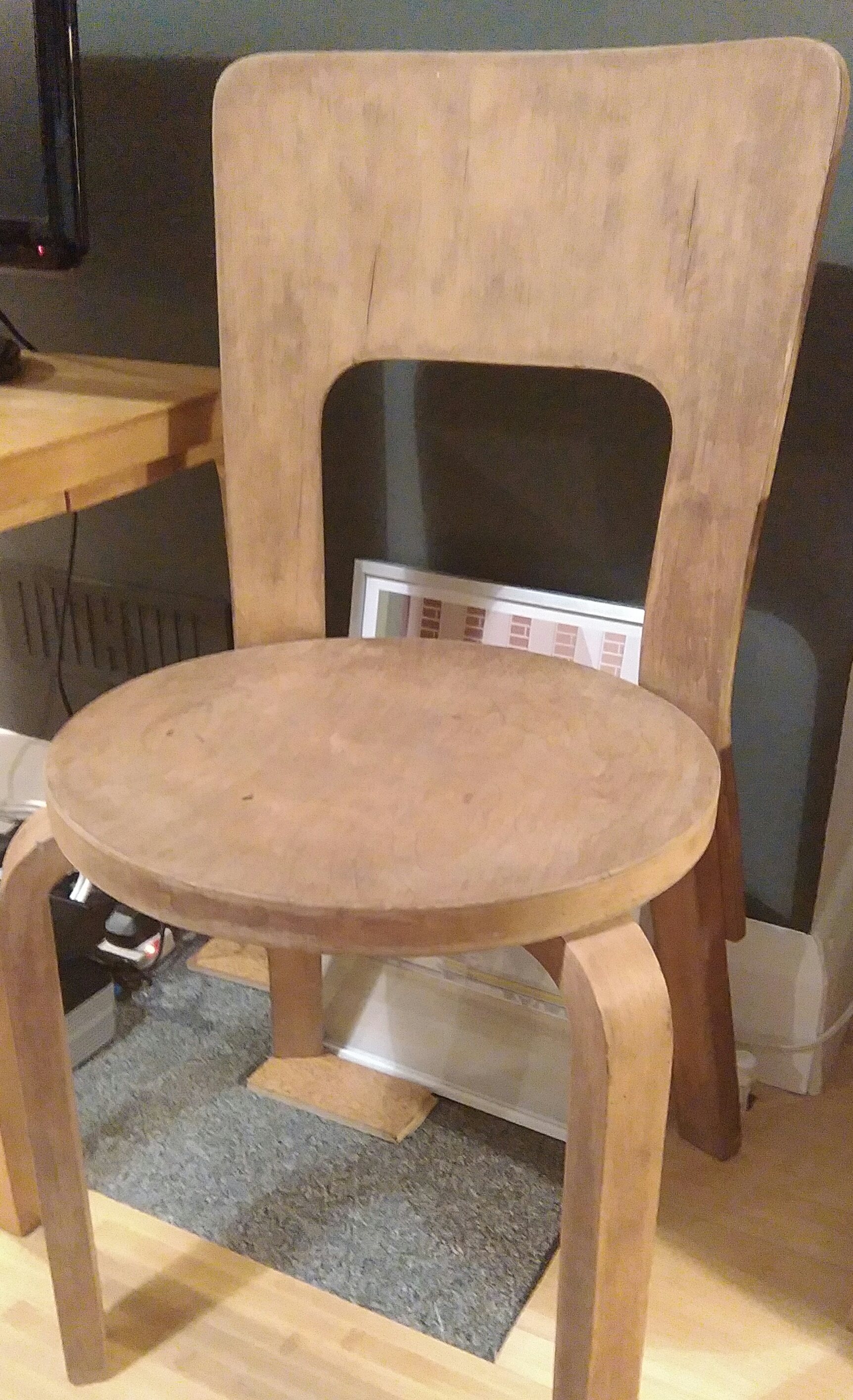
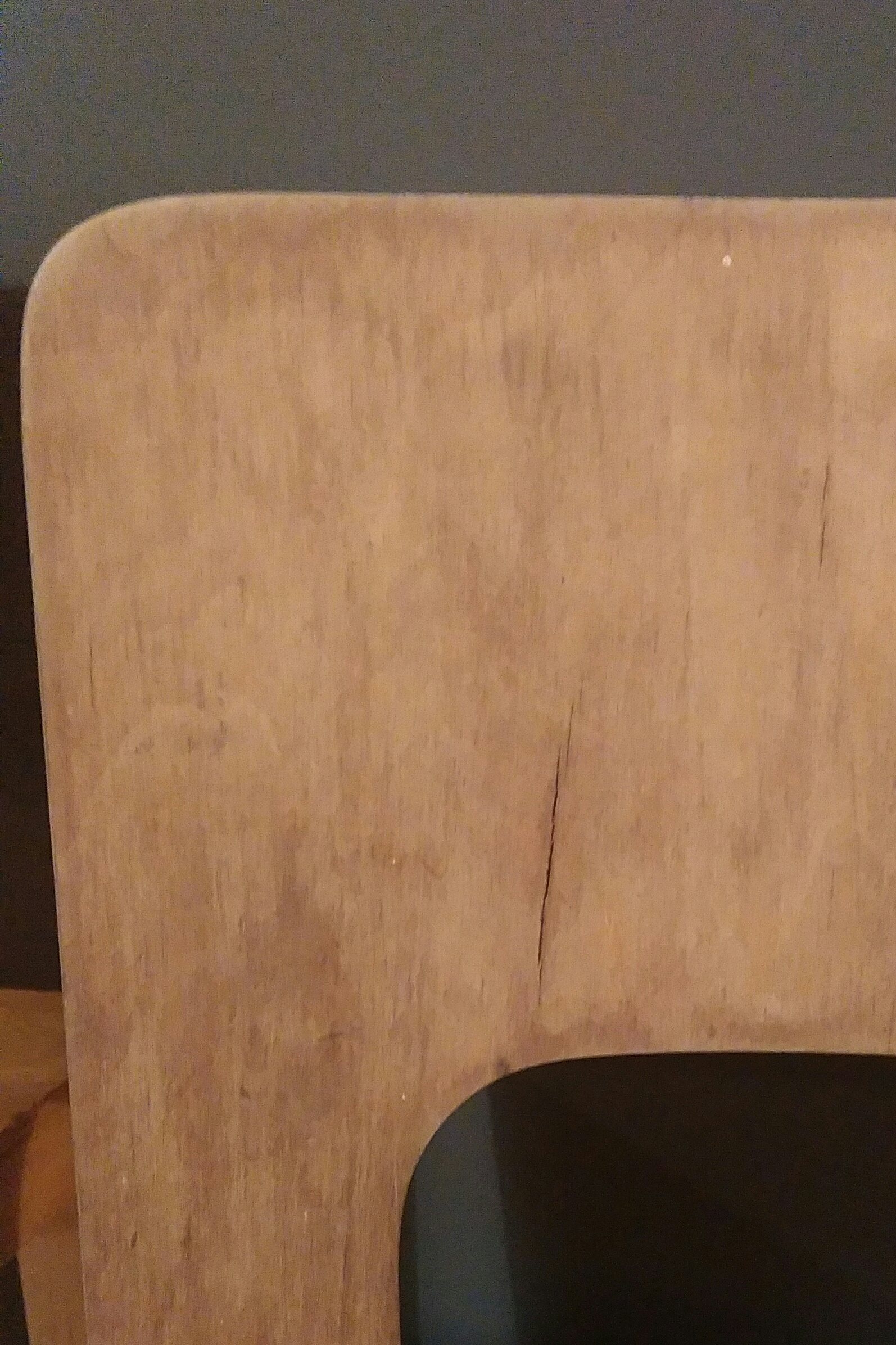 <img class="wpforoimg" src=" http://d1t1u890k7d3ys.cloudfront.net/cdn/farfuture/L0wboxB8h7qrRgst7ei-
<img class="wpforoimg" src=" http://d1t1u890k7d3ys.cloudfront.net/cdn/farfuture/L0wboxB8h7qrRgst7ei-
I think you probably should leave it as well. If you have to do something, I agree with tktoo, wax would be the furthest I would go.
I am pretty sure that most of the early Aalto pieces from the 30s and 40s were finished in shellac, if they were finished at all. Adding shellac at this point, would only run the risk of ruining a piece of history, though. There is clearly weathered wood present, and the shellac would only highlight this. Oiling would likely be even worse, in bringing out the color variation.
If you are hell bent on refinishing the piece, you could take it apart, and it down to good wood, and apply new coats of shellac and wax. But you would of course lose all the patina, and run a very high risk of reducing the value of the chair. I would take it to a professional if this is the route you go.
Thank you both for the advice. It seems a very gentle clean is in order at most and I'll leave it at that.
I do have several restored Finmar Aalto pieces but as Zephyr suggests refinishing/re-shellacing removes all the patina, and I think is a job best left to the professionals and only for damaged or poor condition pieces. This one I will keep safe as a historical example.
If you need any help, please contact us at – info@designaddict.com



